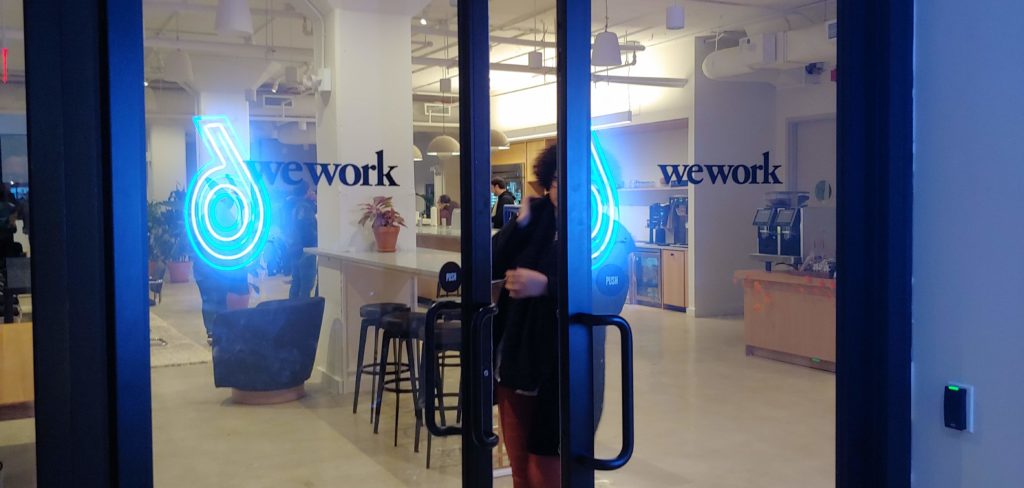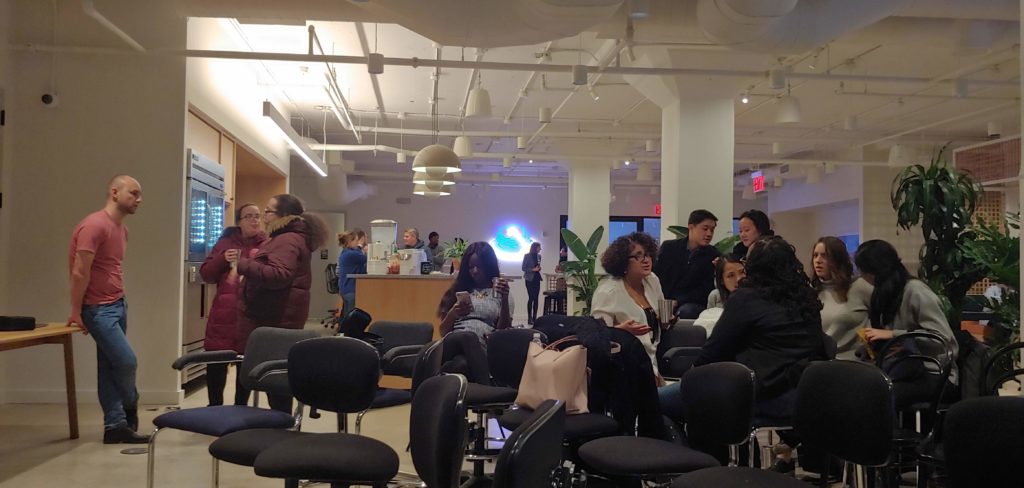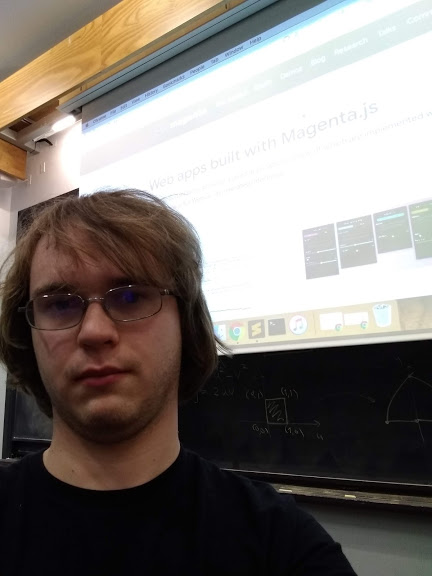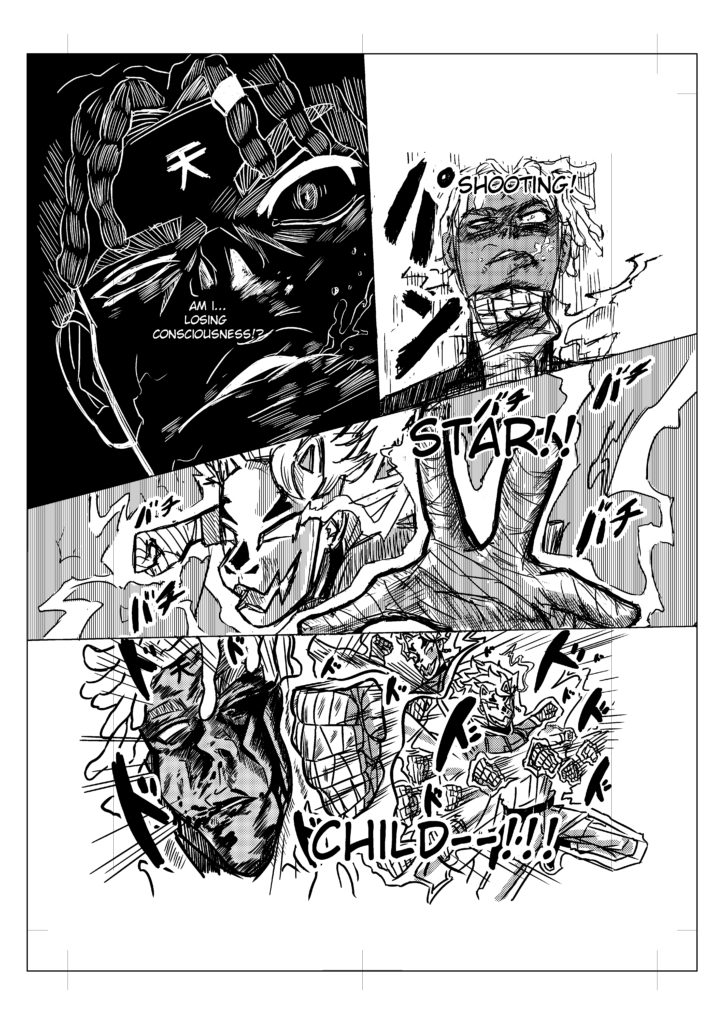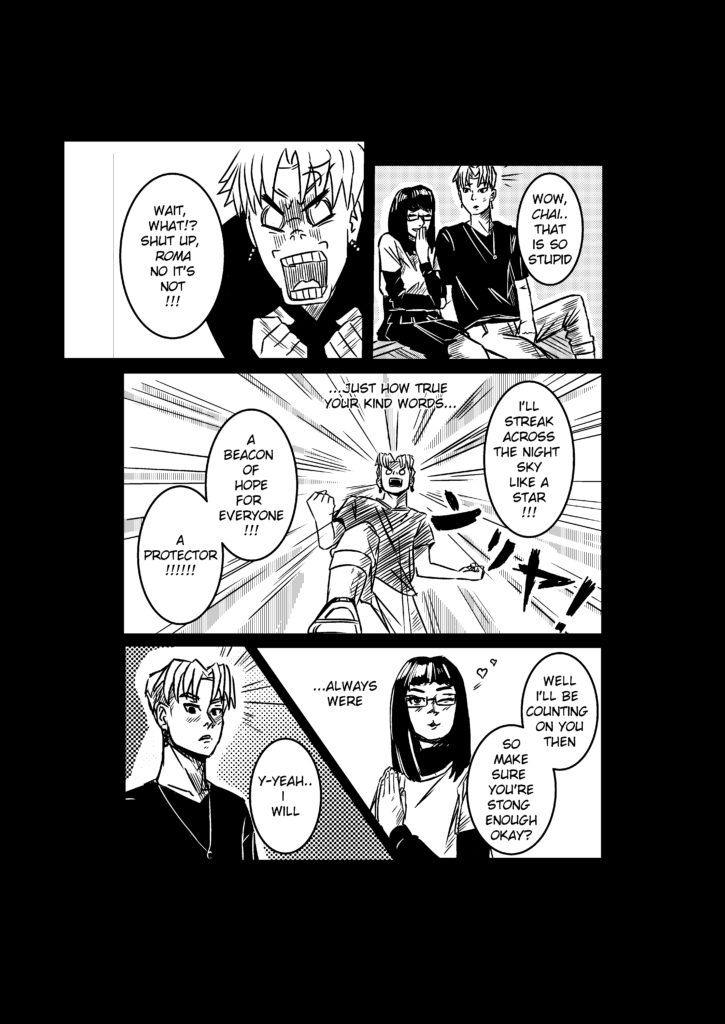My second prototype was a first draft design sketch for my water screen set up. The purpose of my sketch was to put into perspective exactly what materials I needed to get started, what measurements I needed to cut down my wood to, and even prompted me to start looking into where exactly I had to go to get my materials. I added as many little excerpts as I could around each piece of my screen to provide as much detail as possible.
I emailed my sketch to a woodworking professional I met at my industry event who replied with a list of great feedback with suggestions about when I should be finishing the wood, what kind of paint will work best for me, what is too heavy to be mobile, etc.
I also shared my design with the class who suggested playing around with the idea of a sprinkler instead of a water pump and discussed possible methods I could try to apply to control water pressure on individual nozzles.
I took my sketch with me to Home Depot this past week and purchased my water utility tub as well as the wood I am using to build the container around it. I used the campus wood shop and worked with the student employee on duty to cut my wood down to the right sizes/angles.
Now that I have the box pieces cut up, my goal for this week is to put the box together and have the bottom of my screen built by my presentation at AIMM After Dark.
